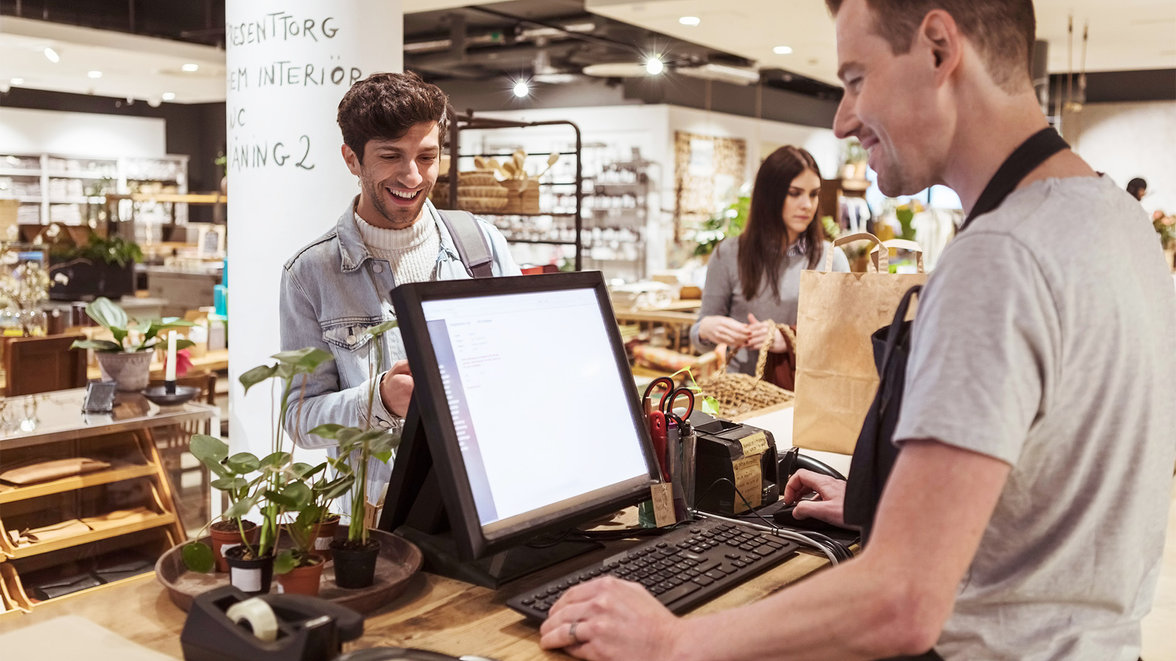

By Frédéric Frizzarin, Head of Pre-Sales, Merchant Services at Worldline
Retailers are having to navigate an increasingly complex payments acceptance landscape as the range of payments methods and ways a consumer can pay has multiplied. Additionally, customers have much stronger preferences on how they prefer to pay, with this choice being heavily influenced by factors like age, nationality, wealth, along with the type and price of the product being purchased.
Digital Wallets and Local Payments
Most retail in-store purchases are now made without a card being physically inserted into an acceptance device. Today, consumers tap their contactless cards, or NFC capable smartphones and digital wallets like ApplePay. Shoppers enjoy the convenience and security of these methods, resulting in more consumers dispensing with cash. Digital wallets, including PayPal, are also widely used for online purchases thanks to the simplified checkout process, making wallets the UK’s most popular eCommerce payment method.
Leading retailers have learnt that international customers favour local payment methods and domestic currency and tend to spend more when this option is offered and return more frequently. Our research shows this applies to both in-store and online purchases. Furthermore, it is important to support the right combination of international and regional payment methods to match your target audience. Dynamic Currency Conversion for example is applicable for some scenarios. The options now include card-based and account-to-account payment schemes and in the future Open Banking solutions.
Personalisation of Payment Options
More payment options are not necessarily what is needed, but instead, the appropriate payment methods, depend upon the individual customer and the goods or services being purchased. This requires hyper-personalisation and decision-making based on consumer and retailer priorities. Data analytics and tokenisation can help uncover these differences. Consistency of payment options at each sales channel is critical, recognising the growth in cross-channel shopping journeys and transactions.
Our statistics show that credit card usage is highest in France, the UK and Spain, whilst debit cards are favoured by consumers in the Nordics, Belgium, Ireland and the UK. We understand that Poland has the highest adoption of digital wallets in-store, but that the Blik account-to-account scheme is now favoured for online purchases. In the Netherlands, IDEAL is used for most eCommerce purchases. German shoppers are heavy users of instalment payments and digital wallets, reducing their usage of cash. Italy tops the chart for pre-paid card usage and is another market where digital wallets are experiencing rapid growth.
Future Trends in Payments
BNPL has expanded from its historic German and Scandinavian markets, to become a critical payment option across Europe and within retail segments. Tightened economic conditions and a reduction in credit card issuance have accelerated adoption. BNPL is now available from specialist fintech companies as well as major financial services providers. More retailers and hospitality providers are implementing unattended and semi-attended self-service kiosks to improve the customer experience and enhance operational efficiency. The choice of payment acceptance solution is critical in achieving high user adoption and customer satisfaction ratings.
Conclusion
Retailers face a complex payments landscape with diverse consumer preferences. Digital wallets and contactless payments are popular, and local payment methods boost satisfaction. Hyper-personalising options using data is crucial. Regional preferences vary, and trends like Buy Now, Pay Later and self-service kiosks highlight the need for the right payment solutions.










